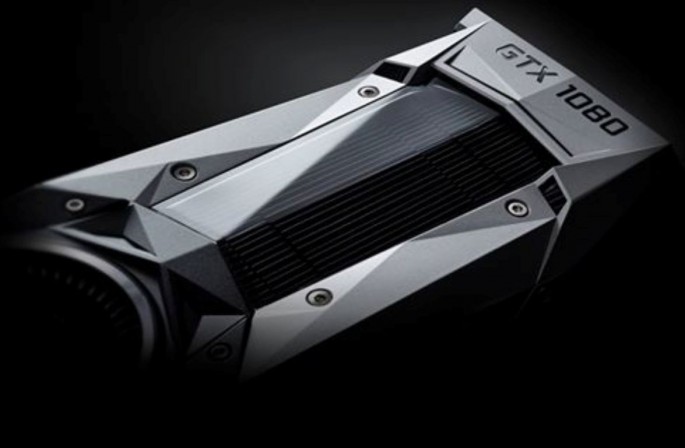NVIDIA and AMD have taken the graphics card world to the next level with their latest GeForce GTX 1080 and Radeon RX 480 chipsets respectively. While the two GPUs pack impressive features, each one targets a different niche in the market.
NVIDIA's GTX 1080 delivers the best graphics power for professionals and top users in the industry. On the contrary, AMD's Radeon RX 480 delivers performance with a price that users can afford.
The two chipsets have one thing in common - they both have support for virtual reality (VR) graphics. VR has become one of the biggest rising trends in the gaming world today.
GTX 1080 is hailed as the fastest single GPU-graphics card in the market today. However, the Radeon RX 480 takes the spot for the most affordable graphics card while delivering good performance in the VR world.
"As we look to fully connect and immerse humanity through VR, cost remains the daylight between VR being only for the select few, and universal access for everyone," senior vice president and chief architect of AMD Radeon Technologies Group, Raja Koduri said via AMD official website.
Koduri added that the Radeon RX series is a disruptive technology that adds rocket fuel to the VR inflection point. This makes it a technology with transformational significance to users.
Based on the reviews for the latest GPUs, the GTX 1080 is powerful, particularly when it comes to the 4K Ultra HD streaming. According to Gamespot, NVIDIA's GTX 1080 easily gives the $1,000 Titan X a run for its money.
At a starting price of $599, this graphics card is 70 percent faster than its precursor. The performance is notable considering that the GTX 980 is still a great GPU.
AMD Radeon RX 480 GPU chipset comes in 4 GB and 8 GB variants. The 4 GB version has a starting price of $199 and the 8 GB starts at $239. For those users looking for a good card but have a tight budget, AMD's Radeon RX 480 is the best shot.
Here is footage for more information on NVIDIA and AMD latest GPUs:



























